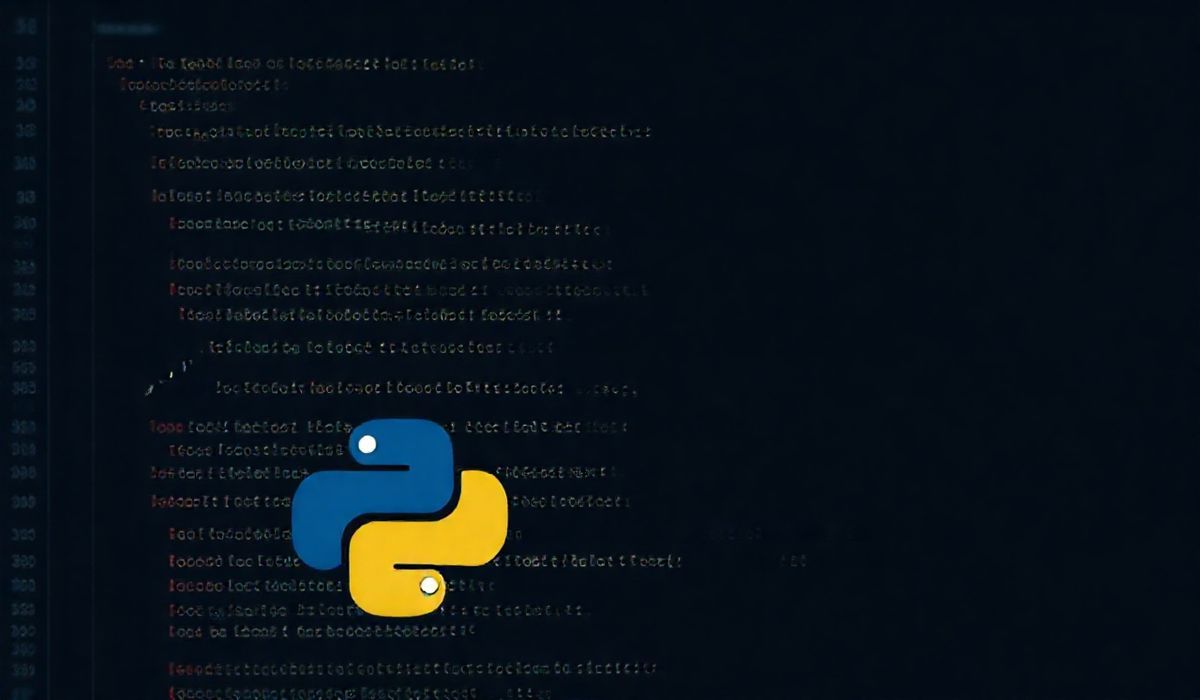Introduction to Service Identity
Service Identity is a critical component in developing secure, scalable, and modular applications. It allows individual microservices, applications, or components to identify and authenticate with other services securely, ensuring seamless API integration. In this blog, we dive deep into the service-identity library, exploring APIs that provide robust solutions for identity and trust management. We will also include practical usage examples and an end-to-end application demo to cement understanding.
Why Service Identity?
Service Identity enables services to verify their peers without human intervention. This is particularly useful in microservices architecture where multiple services interconnect. With the service-identity library in Python, handling authenticated connections becomes much easier.
Key Features of the Service Identity Library
- Verification of service certificates
- Easy-to-use APIs for handling identity credentials
- Integration with cryptography and OpenSSL-based libraries
- Consistent error handling and validation
Popular APIs with Code Snippets
Here are some useful APIs from the service-identity library, explained with examples:
1. Validating a Service’s Certificate
This API validates the certificate of a peer service before establishing a connection.
from service_identity import CertificateError, verify_certificate_hostname
from OpenSSL import SSL
# Example of verifying a certificate hostname
try:
ssl_context = SSL.Context(SSL.SSLv23_METHOD)
connection = SSL.Connection(ssl_context, socket.socket())
connection.connect(("example.com", 443))
connection.do_handshake()
cert = connection.get_peer_certificate()
verify_certificate_hostname(cert, 'example.com')
print("Certificate is valid for example.com")
except CertificateError:
print("Certificate validation failed!")
finally:
connection.close()
2. Validating a Wildcard Domain Certificate
SSL certificates for wildcard domains (e.g., *.example.com) can also be validated.
from service_identity import verify_certificate_hostname
# Validate wildcard SSL certificate
try:
verify_certificate_hostname(cert, "*.example.com")
print("Wildcard certificate is valid!")
except CertificateError:
print("Wildcard certificate validation failed!")
3. Extracting Subject Alt Names
Service identity supports automatic parsing of the Subject Alternative Names (SANs) from a certificate.
from service_identity.pyopenssl import extract_ids
# Extract SANs from a certificate
cert = some_existing_certificate_object
san_list = extract_ids(cert)
print("Subject Alt Names:", san_list)
4. Building a Secure SSL Context
You can use the library to set up a secure SSL context for your Python application.
from service_identity import SetCertificate, verify_certificate_hostname
from OpenSSL import SSL
ssl_context = SSL.Context(SSL.TLSv1_2_METHOD)
ssl_context.use_certificate_chain_file("path/to/cert.pem")
ssl_context.use_privatekey_file("path/to/key.pem")
# Handle secure connections with SSL
connection = SSL.Connection(ssl_context, socket.socket())
connection.connect(("secure-service.com", 443))
connection.do_handshake()
print("Secure SSL Connection Established!")
Building an Application with Service Identity
Let’s build a minimal example app using the above APIs to demonstrate secure communication between services.
Scenario:
Create a Python application that fetches resources from a third-party API over SSL, ensuring their certificate validity.
Code Implementation:
import socket
from OpenSSL import SSL
from service_identity import verify_certificate_hostname, CertificateError
def fetch_secure_data(api_endpoint):
ssl_context = SSL.Context(SSL.TLSv1_2_METHOD)
connection = SSL.Connection(ssl_context, socket.socket())
try:
host, port = api_endpoint.split(":")
connection.connect((host, int(port)))
connection.do_handshake()
cert = connection.get_peer_certificate()
verify_certificate_hostname(cert, host)
print("Connection established and certificate validated!")
# Send HTTP GET Request
connection.send(b"GET / HTTP/1.1\r\nHost: " + host.encode() + b"\r\n\r\n")
response = connection.recv(4096)
print("Response:\n", response.decode())
except CertificateError:
print("Certificate verification failed!")
finally:
connection.close()
# Example usage
fetch_secure_data("example.com:443")
Conclusion
The service-identity library is an indispensable tool for developers working on secure communications and identity verification. By combining it with robust libraries like OpenSSL, you can build secure, dependable APIs and applications.




